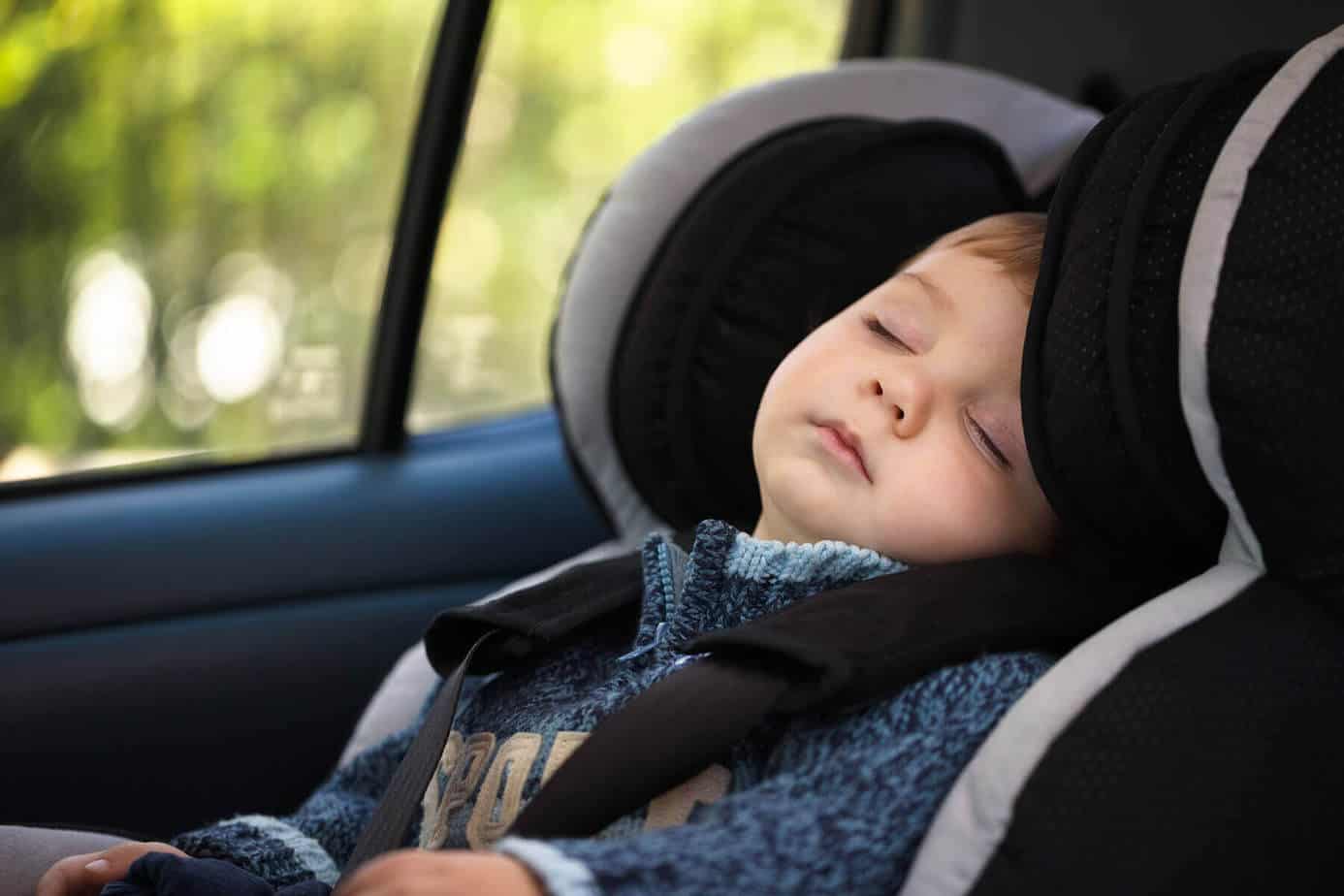Car Seats

All babies need to be safely fastened in a car seat or capsule that is appropriate for their age and size – it’s the law no matter how short the journey or which state you are in – so it’s a good idea to get your car seat organised and installed well before your baby is due!
Car Seats
Accidents can happen – even to the best of drivers – so the best way to help reduce your baby’s chances of being injured is to make sure they are kept safe and securely restrained whenever they’re travelling in the car with you.
The current national child restraint laws apply to all the states and territories and set out the legal requirements for children from birth up to 16 years.
For young children the law requires:
- From birth up to 6 months old – babies must be seated in an approved rear-facing restraint (car seat or capsule).
- From 6 months up to 4 years old – children must be seated in either an approved rear-facing or forward-facing car restraint which has an inbuilt harness. Children under 4 years old should not travel in the front seat of a vehicle unless there is only one row of seats (e.g. in utes or vans).
- From 4 years up to 7 years old – children require an approved forward-facing child restraint with inbuilt harness or an approved booster seat. Children aged 4 to 7 years should not travel in the front seat of a vehicle with two or more rows of seats (unless all the back seats are taken up by other children younger than 7 years).
Car restraint rules for taxi’s and other hire services vary across states and territories, so it’s best to check the local laws before you travel.
For more detailed information on child restraint regulations contact the road authority in your state or territory.
Making the safe choice
When buying a car seat, it’s reassuring to remember that Australia has one of the strictest child restraint standards in the world (Australian Standard AS/NZS 1754). All child car seats used in Australia need to comply with this standard – which is great as this means better protection for your child, but it also means you can’t use seats or capsules brought overseas.
The Child Restraint Evaluation Program (CREP) independently tests car seats for safety (how they perform in a crash) and ease-of-use. The CREP star rating helps you pick-out the ones that exceed the minimum standard safety requirements and are ‘parent friendly’– which is important as the easier it is to use the seat the more likely you are to use it correctly.
There are lots of different types of car seats available – you may like to start with a capsule and progress to a forward-facing seat as your baby gets older, or you may prefer to use a convertible car seat which can be used for longer.
You can find lots of useful information to help you compare different child car seats on the Child Car Seat website https://www.childcarseats.com.au/
Installing a car seat
Once you have chosen the right seat for you and your baby it’s important to make sure it’s fitted correctly:
- Always follow the manufacturer’s instructions carefully
- You can visit an Authorised Restraint Fitting Station if you need some help fitting or adjusting the car seat
- Some local councils offer free car seat installation or checking sessions.
Keeping your baby safe and secure is an important part of caring for your new arrival – so when deciding on your new car seat remember to look for the Australian Standard AS/NZS 1754 and CREP rating, try to test them out first to see how easy they are to use and remember to get it fitted well before you need it!
AF03768


